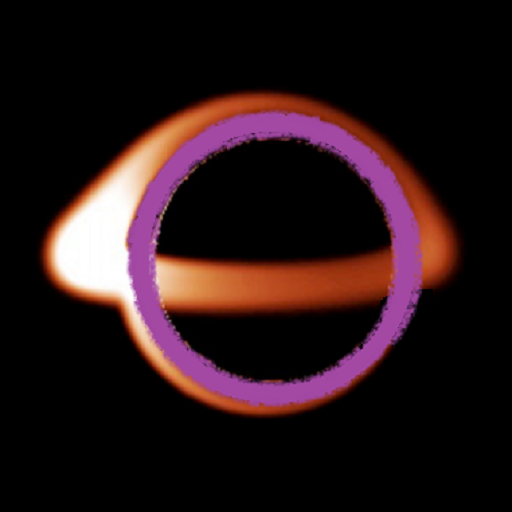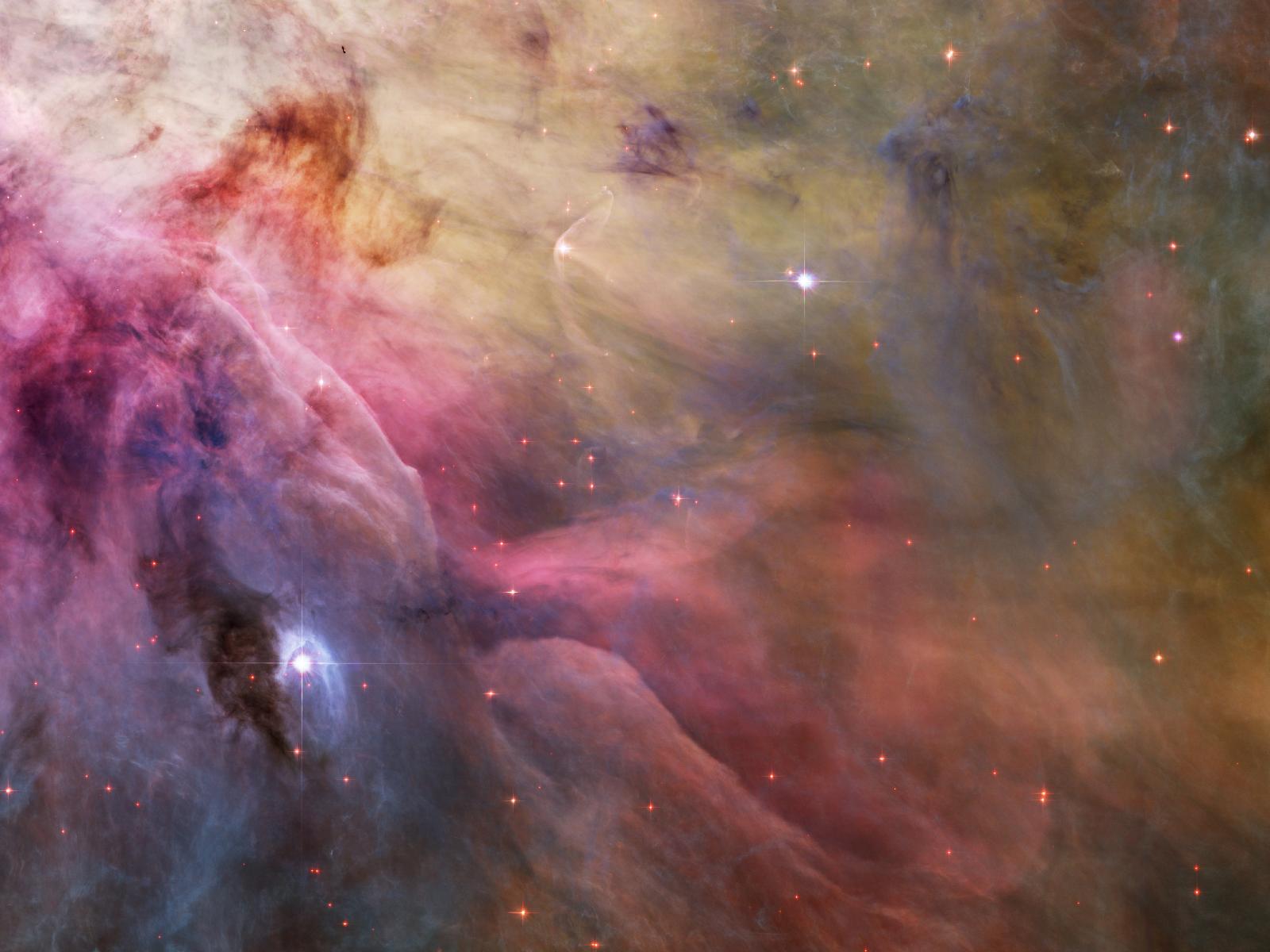The season of autumn is upon us. As we look at our surroundings, we notice the very face of nature change. We simply witness its beauty. Once a lush green, the foliage begins to change as we notice a flourishing of colors. Red, yellow, and orange appear brighter, more vivid, and encompass the forests of our landscape as the plant life prepares for change. Observe how the landscape itself changes colors as they blend together to create a rich tapestry of beautiful renewal. As the leaves change, they eventually turn brown and fall to the ground.
“When stars die and fall to the ground,
what they are made of comes back around.
The atoms left by the leaves,
make their way back up the tree,
to become people, like you and me.”
– from Tree People of Tepui
- View grandslamtheory’s profile on Facebook
- View @grandslamtheory’s profile on Twitter
- View dbertolacci’s profile on Instagram
- View davidbertolacci’s profile on LinkedIn
To a young tree, this may seem like the end. But its roots know deep within that it is just its natural cycle as it prepares for the cold winter ahead. As the three sheds its outer shell, it remains barren through the winter months enduring the climatic extremes. And at just the right time, the perfect time for the young tree, its nutrients flowing from the roots throughout its entire being, it begins to bud. Springtime brings renewal. The leaves grow back, and beautiful colorful flowers blossom everywhere. Imagine how colorful the canvas becomes as we watch the landscape painted in bright colors becoming more vivid and saturated. And when summer comes, the trees soak up all of that warm, nourishing sunlight, before the cycle continues…
These are the seasons—cycles of renewal and growth. As we become increasingly aware of nature, we find that there are more cycles bigger than the seasons. There are wet and dry long-term (to us) periods, and even cycles of global climate change that have naturally occurred throughout the history of Earth. Even life itself experiences cycles. Once thought to be the end, extinctions happen in a similar way, as the Earth itself becomes renewed, grows, and matures. Was there possibly something clouding our perception of the very nature of such cycles in the past? Can we now see beyond our own limitations and fears? In the present moment, it seems that we are inundated with stories of cataclysm. For example, we still hold onto the belief that the dinosaur extinction was caused by an asteroid—a belief that has many today afraid of the same thing happening to us.
But what if that’s just our perception? Can it change over time as we gather more scientific data? You bet! We now know that the extinctions were already occurring before the asteroid struck. In addition, the world experienced the largest-ever lava flows before the dinosaurs died off. So, if the asteroid was our perception in the past, and now in the light of new data, we can see how there were multiple factors involved, how can we change our perception to see from a wider perspective? We just change the way we think. It wasn’t the end. It was a period of renewal. The dinosaurs didn’t die. They evolved! Had we not experienced this extinction, the foundation for dinosaurs to evolve into modern-day birds may not have happened. This event also led to the rise of the mammals. That’s us! So, by simply changing our perspective, we see life instead of death. Ever-evolving life. A living planet!
Our planet experienced its own version of life cycles as well. As above, so below. You see, our planet came from stars. As stars are born from clouds of gasses, atoms are forged by the stars’ fusion reactors. When a reactor runs out of atoms to put together, a star collapses inward on itself, and then explode into a magnificently beautiful supernova. This explosion may seem like the end of a star, but it is far from the end. It is the beginning of a new cycle. The blast spreads the atoms it constructed outward into the universe. And another star is born in its wake, carrying on its work. And heavier atoms are made in this process. Planets come together from these clouds of gasses, and biological life begins as planets are seeded with water and life’s building blocks.
That is how we came to be. Our planet is part of the life cycle of stars. We are the afterlife of stars, and that can only mean that this is Heaven on Earth! Another perception shift for the better, yes? As old as the universe is compared to our planet, this process has already repeated itself three times! Imagine the civilizations that have come and gone on other rocky planets throughout the universe before we ever evolved. The possibilities are infinite!
But here’s the thing. Our scientific research and the media presenting it still seems to favor the doom and gloom scenarios. But now we know that this is the perception, and simply changing the lens allows us to see in a whole new light! In this light, we are going to examine even bigger cycles. Today, scientists predict the end of the universe as expansion literally pulls objects away from each other. Give your worries to me on this one—long before it happens, our own star will experience its renewal. Before it produces a supernova, it will grow into a red giant and swallow our beloved Earth. Like the leaves and the extinct life forms returning to the Earth, the planet itself will return to the stars to become fertile ground for the next generation. As old as the Earth is, it is less than middle-aged with respect to our Sun’s cycle. We have lots of time! And this 10 billion year process will repeat itself fifteen more times before the predicted end of the universe. Imagine the infinite possibilities for life!
And here’s the real kicker—what if this predicted “Big Freeze” is simply another new beginning? What if the universe itself becomes the fertile breeding ground of underlying energy for more to come? I found something profound when researching my proposal of the Omniverse. The universe itself is lensed. Now we are going to really see through a different lens! The singularity that produces the Big Bang can only do so once it has gone through the beginning of its life cycle. And when it goes, the universe is born. But the very nature of the universe’s expansion from this viewpoint changes. The expansion occurs on the surface of another object’s event horizon. As above, so below. But the universe spreads along the event horizon, projecting the reality that we observe. It continues to spread as our observed universe grows bigger and wider… And my question is simple: Is this really the end, or just like all of the other natural cycles, are we returning to the source for renewal?
=D
Change your perspective, change your universe
When you are ready for your greatest perception shift, and whenever that is will be the perfect time for you, read my book Grand Slam Theory of the Omniverse, available now at Balboa Press, Amazon, and Barnes& Noble. Thank you. It is done. It is done. It is done.



